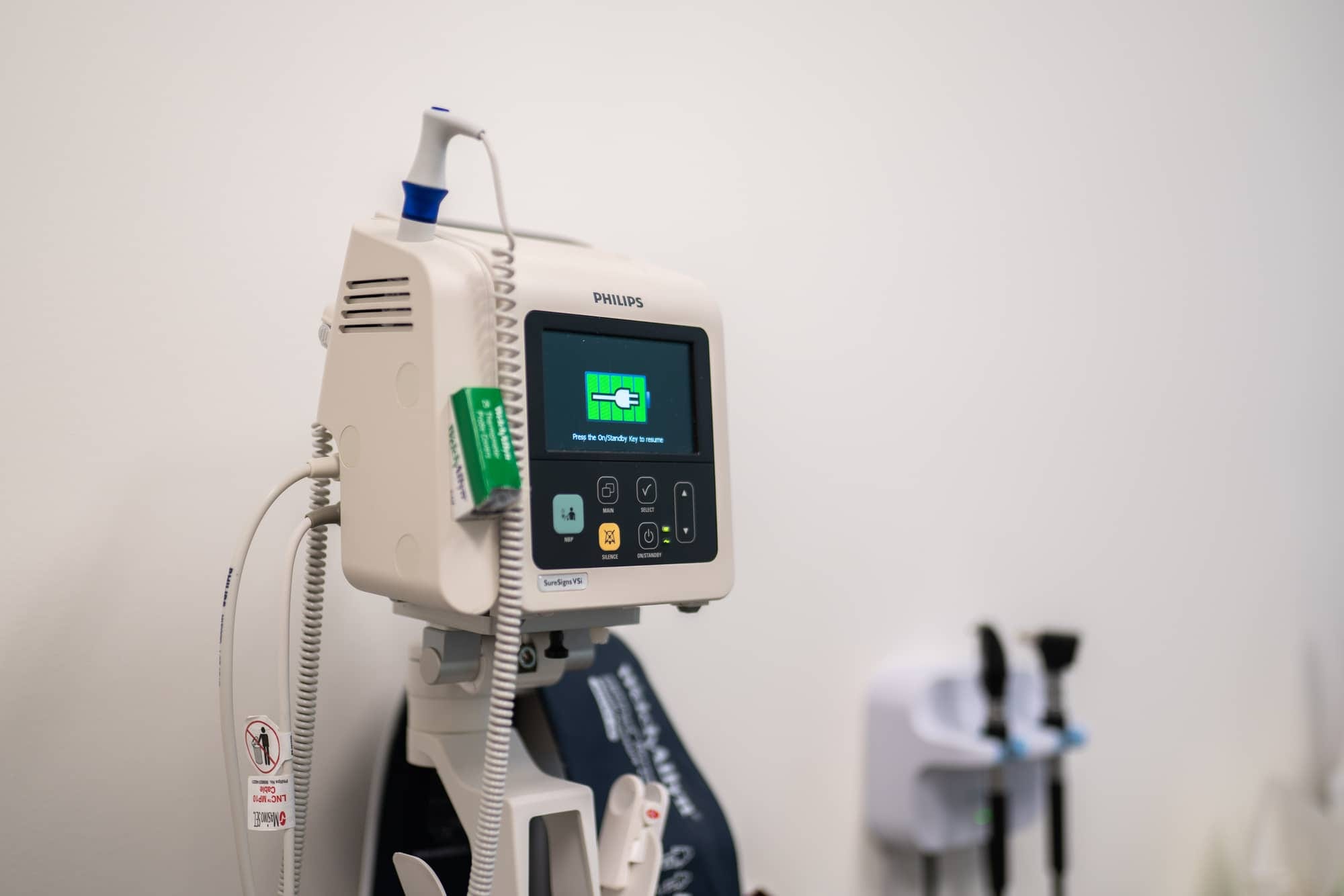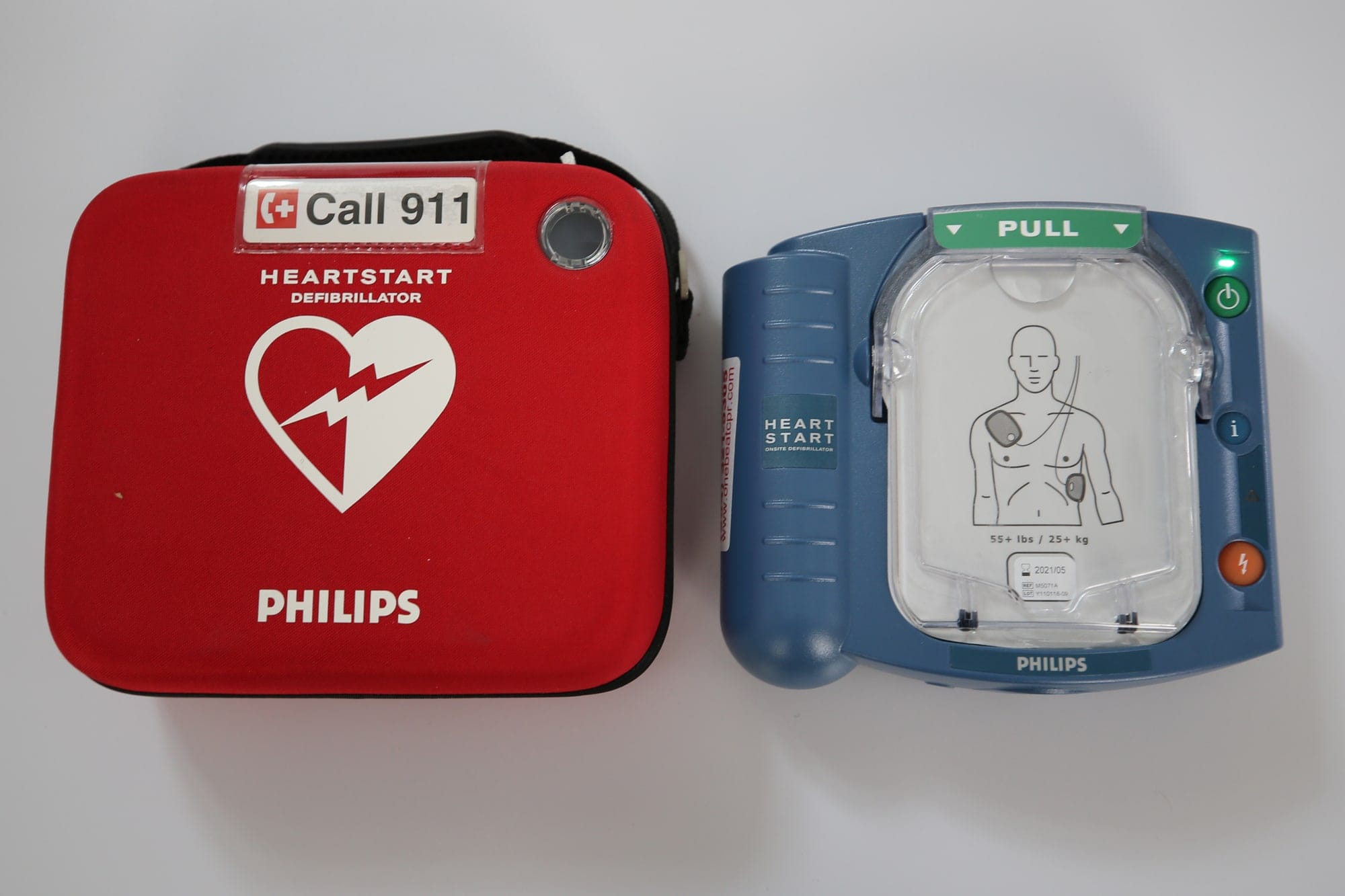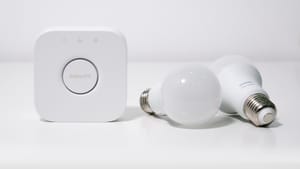Our Philips SWOT analysis goes into the internal factors, such as strengths and weaknesses, as well as external ones, such as threats, that affect the company.
If you are living in the modern world, chances are that you have heard the name, Philips. Ever changed the light bulb in your room? Or glanced at the appliances in your kitchen? Chances are that at least one of those items is Philips's product. In this PHILIPS SWOT Analysis, we will take a closer look at the brand to uncover all it encompasses.
With its roots in Eindhoven, the Netherlands, the company named Philips & Co was founded in 1891 by a father and son duo. Frederik Philips, along with his son, Gerard, recognized a need for the mass-market introduction of electricity.
This realization, paired with Gerard’s inclination towards science and engineering, led to the duo coming up with the concept of reliable electric incandescent light bulbs.
Later on, the younger Philips brother, Anton also joined the firm, bringing the necessary commercial expertise that consequently facilitated the company’s expansion into international markets.
This turn of events eventually paved the way for more than a century of quality-driven innovations.
Perhaps one of the most commendable efforts of the Philips brothers is their commitment to their employees. During the 1900s, the company employed more than 2000 workers, becoming the largest private employer in the Netherlands.
The company took things a step further by providing facilities such as housing, healthcare, and even sports for these employees. These efforts nurtured a culture of social responsibility that would last for days to come.
While the name Philips is usually associated with household appliances, the company offers much more. In fact, under the leadership of Dr. Gilles Holst, Philips made efforts to contribute to the health technology market.
Over the years, Philips has developed a range of products, including the likes of a record label launched in 1951, and also entered the computer business in the 1960s with its P-1000 mainframe system. Philips even launched its own range of minicomputers in the 1970s.
With the help of Louis Christiaan Kalff and his knack for graphic design, the company launched the Philips radio with its ever-famous waves-and-stars shield. Moreover, the brand developed the Philishave, which is one of the brand’s most famous products to date.
Other notable products include the compact cassette audio play, video cassette recorder (VCR), and perhaps one of its greatest inventions, the compact disc (CD), designed in collaboration with Sony.
These are just a few of Philips’ inventions and technological contributions, and as such, they warrant a closer, in-depth view of the company. To that end, it would be a rather smart idea to develop a SWOT matrix. However, if you are new to the concept, it would be better to know a bit more about the SWOT template before diving into the actual analysis.
The term SWOT represents four parameters across which a company is analyzed. These parameters are the company’s strengths, weaknesses, opportunities, and threats.
These parameters can further be grouped into two distinct categories, i.e., internal and external factors. The internal factors, strengths, and weaknesses, are called so because they can be controlled by the company.
External factors occur outside the company's boundaries and, therefore, cannot be controlled directly by the organization. The effect of these factors, however, can be mitigated if they are identified on time.
For instance, Philips's commitment to innovation is a major strength for the company, and it is a factor that can be controlled by the brand.
On the other hand, strong competition threatens the company that occurs outside its boundaries and hence can only be prepared for rather than controlled. Now that you know about the SWOT in a bit more detail, let’s see how the SWOT explains it.

What are the greatest strengths of Philips?
No brand can last long if it does not possess a carefully curated set of strengths. As this is true for all brands, strengths are an integral element of any SWOT example. Philips itself has a number of strengths that it has attained over time. Some of these are as follows:
Market Position
The brand’s focus on providing the best products has allowed it to become a market leader when it comes to equipment as well as supplies related to the healthcare sector.
Innovation
The brand has a history of innovation success. In fact, the company’s very establishment was based on an innovative idea by a father and son duo who wanted to do something different.
Moreover, Philips has managed to maintain its innovation-driven approach even in the healthcare sector, all while keeping consumer preferences in mind.
Loyal Customers
Over the years, Philips has established a strong base of loyal customers, particularly in the consumer electronics segment. These consumers tend to opt for the brand’s products whenever they need a product, based on a trust established over time.
Catering To Multiple Segments
Even within the same medical equipment and supplies market, Philips has managed to target multiple segments of consumers, hence further expanding their consumer base.
Brand Value
Philips ranked 53rd in the “Best Global Brand 2020,” and, as per Forbes, the market capitalization of the company was 45.73 billion during the same year. Moreover, as of 2021, its brand value is 11,671 million dollars.
Brand Portfolio
Philips has ventured into and invested in several different products and segments, allowing for a diverse portfolio that enables risk mitigation and increases profits.
Revenue Models
Playing smart and not placing all its eggs in one basket, Philips has ventured beyond the healthcare sector over the years. This approach has allowed the brand to avail multiple revenue streams via various revenue models.
Global Network
It would be a surprise if Philips were limited to only one country or region; fortunately, however, that is not the case. The brand has an extensive network of dealers and associates that enable the effective delivery of services to the targeted customers.
Moreover, Philips has almost 110 manufacturing facilities worldwide that ensure a timely supply of products.

What are the biggest weaknesses of Philips?
Strengths and weaknesses tend to go hand in hand; the same is true for Philips. The brand has several weaknesses that it needs to tackle to progress further. A number of those weaknesses are mentioned below.
Legal Issues
Over the years, many complaints have been filed against the brand that may have a long-term detrimental effect if not handled effectively.
Employee Turnover
Perhaps a company’s greatest struggle is keeping and motivating loyal, long-term employees. A high employee turnover may mean greater investments into keeping these employees or finding suitable replacements.
Decrease in Market Share
While the healthcare equipment and supplies industry is growing exponentially, the company’s growth is not at the same pace. Consequently, Philips is lagging when it comes to the recent industry trends, hence resulting in a decreased market share.
The brand needs to re-evaluate its policies and plan how to keep up with trends in the industry if it wants to keep growing.
Low Investments
Another weakness that the brand needs to keep in mind is how much it is investing in services that are directly related to its consumers. If Philips does not want to lose ground to its competitors on this front, it must seriously consider investing in research and development activities.
Demand Forecasting
Accurate demand forecasting is essential for any business that wants to match demand without incurring financial losses due to under or over-production. For instance, compared to its competitors, Philips has missed several opportunities due to its inaccurate demand forecasting.
Inaccuracy of forecasting can result in product stockpiling due to comparatively less demand or shortage of products due to an initial underestimation of demand.

What are some of the greatest opportunities for Philips?
While looking at weaknesses tends to paint a dreary picture, it can help to explore opportunities for improvement. Philips, too, has several opportunities to look forward to, that it can avail to maintain or improve its position in the market.
Such opportunities are presented hereon:
Growth of E-Commerce
The Covid-19 pandemic has exponentially escalated the rise of electronic commerce platforms and activities. Philips can gain a lot from this particular avenue.
In fact, the brand has already launched a website and is trying to attract customers to that platform.
Healthcare IT Market Growth
Furthermore, a major market within which the brand operates has also grown, further presenting growth opportunities for the company. The healthcare IT market has evolved, especially with respect to technology such as mobile applications, etc.
Since the brand is already catering to and established within this market, it can benefit from this growth.
Pricing Strategy
The brand can use new technology to understand the needs of different customers and cater to them accordingly. For instance, it can use differentiated pricing strategies that essentially mean that different types or segments of customers are offered prices according to their specific needs or characteristics.
Low Transportation Cost
A decrease in shipping prices has resulted in a consequent decrease in the transportation cost of Philips’ products. This cost reduction can help increase profits and allow for strategies that attract customers and hence increase the brand’s market share.
Local Collaboration
Philips has the opportunity of operating in international markets by joining forces with businesses that are local to specific markets. This allows the brand to leverage the expertise of these businesses and cater to their customers more efficiently and earn greater profits as a consequence.
Government Regulations
Strict policies enforced by governments increase barriers for new companies that want to enter established markets. However, as Philips is already an established brand backed by a century of history, it can easily stay in the market without added competition.

What are the biggest threats for Philips?
While the company is a giant in its own right, this in no way means that there are no obstacles to its growth. There are several threats that the company may have to face and hence must prepare for. Some of those threats are mentioned below.
Competition
As with most brands, Philips has to face some formidable opponents and compete in a rather tough business environment. In the electronics segment, its competitors include the likes of Samsung, LG, Sony, etc.
On the other hand, in the healthcare industry, Philips must compete with NeuroLogica Corporation. The presence of such strong competitors on both fronts can become a reason for the loss of market share, which may require increased investments in research and development.
Technological Expertise
As local businesses are becoming increasingly technologically advanced, Philips may get a run for its money, particularly when it comes to protecting its intellectual property rights. This is particularly true for emerging markets such as China, where such concepts are not as prevalent or regulated.
PHILIPS SWOT Analysis: Final Thoughts
Hopefully, by this point, you will have a relatively clear idea of how a SWOT analysis is done.
To wrap up the discussion, it is safe to say that Philips's history as a brand and its commitment to innovation is a major reason for its success till now.
Should the company play to its strengths and work on reducing its weaknesses, it can expand its operations even further and earn greater profits.
Moreover, availing the aforementioned opportunities can open new doors of prosperity for the brand, and the identification, as well as effective mitigation of threats, can further benefit Philips.
So while Philips's performance is rather commendable, it still has room to grow and ample opportunity to do so. It would be a shame to see such a company lose its luster so soon; if Philips's commitment is any indication, that will never be the case.


